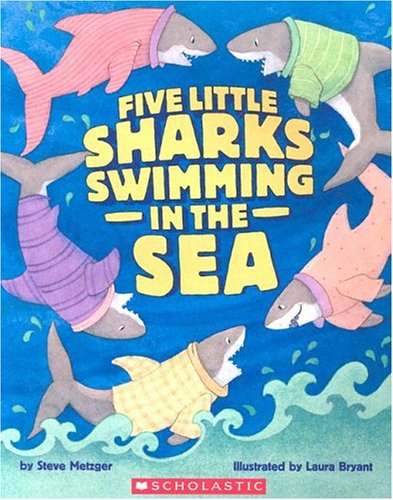Welcome to EDUC 448
This course covers math curriculum for children ages three to eight based on the standards set by the National Council of Teachers of Mathematics and the Guidelines of the California State Department of Education. Students will explore their own phobia, and the role teachers play in creating math phobia. They will study math with the goal of improving their own math skills, and learn to challenge and excite children in the study of math. This class is 4 units and includes 15 hours of fieldwork (1 unit).
This site organizes class information into a week-by-week layout. We will regularly be using BlackBoard in this class. You will use Google Drive to submit assignments. You don’t need to sign up for Google Drive–it’s part of your La Verne gmail/google account. The weekly pages above match our weekly class discussions. Please email me with any questions.
Mini-Unit 1 (Numbers and Operations)
Create an original board-game that meets an NCTM Numbers and Operations standard from the PreK – 2nd grade age band.
- Write the standard and the objective of the lesson and the directions for playing the game.
- Take a photograph of the board-game.
- Include a written reflection about the process of creating the game to meet the NCTM standard, or, the results of implementing the game with children.
- The lesson description, photo, and reflection must be included in the math portfolio (Number and Operations section) by the mini-unit due date.
Record Your Presentation Using Jing or Screenr
Here are the steps to record your presentation, and share it on BlackBoard:
1. Create a PowerPoint presentation.
2. Download Jing.
3. Sign up for an account at Jing/Screencast so you can share your video.
4. Open Jing > Capture.
5. Draw a box around your presentation, and click Video.
6. Record your presentation.
7. Upload to Screencast.
8. The link will be pasted to your clipboard. Paste it (Edit > Paste) in our threaded discussion on BlackBoard.
Literature Links: Measurement

Here are books that are aligned with NCTM measurement standards:
As always, you can view the entire literature library here.
Assignment: Marilyn Burns Paper
 Prepare a paper based on the Marilyn Burns book. The paper should be 3-4 pages in length and written in a narrative style. The paper should include, but is not limited, to:
Prepare a paper based on the Marilyn Burns book. The paper should be 3-4 pages in length and written in a narrative style. The paper should include, but is not limited, to:
• Critique and analysis of the book. What is your opinion of the content presented in Marilyn Burn’s book? How do you feel about the style of writing she chooses to use in her book? How does her presentation of material help or hinder your understanding of the relevance of learning mathematical concepts?
• Personal reflection. Do you relate to any of the negative aspects of the scenarios Marilyn presents? Why or why not? If so, what may have made your experiences more positive? If not, why do you feel you developed positive attitudes towards math?
• Application to mathematics education. How does what you read apply to learning/teaching math today? What specific techniques/methods can you use in your own classroom that will make math learning fun and relevant to preschoolers through second graders?
• Application to personal life. How does this impact you in your home life? What have you learned that you can apply to life outside of the classroom?
Important forms:
Marilyn Burns Rubric
Storybook Math

Here are the math literature books you shared:
The Wing on a Flea
043958714X
When a Line Bends, a New Shape Begins
0618152415
There Was an Old Lady
1904550622
Gray Rabbit’s 1, 2, 3
0753452529
Five Ugly Monsters
0590222260
The Very Hungry Caterpillar
0399226230
The Grouchy Ladybug
0064434508
The Doorbell Rang
B002VJUQ84
Busy Bugs
0448431599
Two by Two
0823418405
Guess How Much I Love You
0763641758
The Cheerios Animal Play Book
0689830149
Pattern (Math Counts)
0516454552
Shapes That Roll
1934706817
Literature Links: Geometry

Here are books that are aligned with NCTM geometry standards:
- A Duck So Small
- Go, Dog. Go!
- Apollo
- Shapes, Shapes, Shapes
- Danny and the Dinosaur
- From Simple Shapes to Geometry
- In My World
As always, you can view the entire literature library here.
Geometry All Around
Geometry is everywhere. Try to incorporate real life examples of geometric shapes into your lessons. Here’s how to easily show your class some great photos:
- Visit Flickr‘s advanced search at http://www.flickr.com/search/advanced.
- Scroll down, and click on “
- Type in a keyword and run a search.
- Sort by “Most relevant” or “Most interesting.”
- Click the Slideshow button in the top right corner.
Here is an example of a slideshow, taken from an amazing minimalist photographer Zel Nunes:
Midterm Study Guide
Review the following information for the midterm: the processing strands, the content strands, components of numbers and operations, algebra, and geometry, assessment principles, 5 research models, strategies to use with English language learners, 2-D and 3-D shapes, vocabulary – (one-to-one correspondence, subitize, cardinality, compose, decompose, visualize, spatial sense, transform, estimate).
You can review the NCTM standards using this presentation. The standard is given, and the content-area strand is given on the following slide: